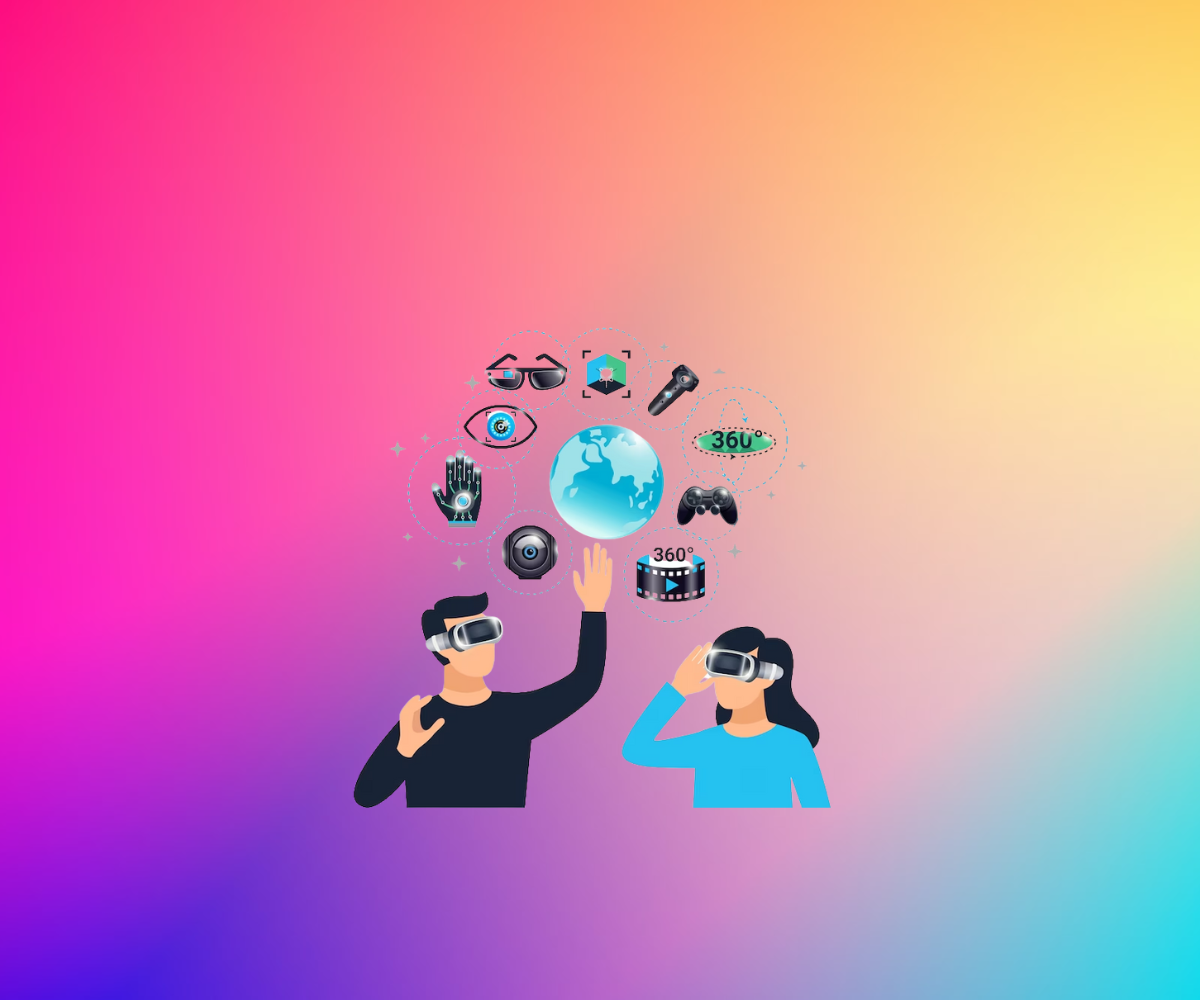From Vision to Reality: The Evolution and Impact of Augmented Reality
Introduction:
Augmented Reality (AR) has transitioned from a futuristic concept to a tangible reality, transforming the way we interact with the world around us. This blog delves into the evolution of AR technology, tracing its roots, and exploring the profound impact it has had across various industries. From entertainment and gaming to education, healthcare, and beyond, AR is reshaping our experiences and opening up new possibilities for innovation and engagement.
1. The Early Days of AR:
The concept of AR dates back several decades, with early experiments conducted in research labs. Early implementations focused on head-mounted displays and cumbersome equipment, limiting widespread adoption. However, these initial efforts laid the foundation for future advancements and inspired the vision of integrating virtual content with the real world.
2. Technological Advancements:
Over the years, technological advancements have played a pivotal role in the evolution of AR. The miniaturization of components, improved computing power, and advancements in computer vision and tracking systems have made AR more accessible and practical. Smartphones, with their powerful processors and built-in cameras, have become a common platform for AR experiences, enabling widespread adoption.
3. Impact across Industries:
AR has had a transformative impact across a wide range of industries. In the entertainment and gaming sector, AR has revolutionized experiences, blurring the lines between the virtual and real worlds. From popular mobile games like Pokémon Go to immersive AR theme park attractions, AR has enhanced user engagement and opened up new avenues for interactive entertainment.
1. Education: AR has brought subjects to life, enabling immersive and interactive learning experiences. AR applications allow students to explore complex concepts, visualize historical events, and conduct virtual experiments, making learning more engaging and effective.
2. Healthcare: AR has been used for surgical planning, training, and patient education. Surgeons can overlay digital information onto a patient's anatomy, aiding in precise procedures. AR also enables remote collaboration among medical professionals, improving diagnostics and treatment outcomes.
3. Architecture and design: AR allows professionals to visualize and present virtual models in real-world environments, facilitating better design decisions and client interactions. AR-powered apps enable users to preview furniture, paint colors, and home renovations before implementation.
4. Challenges and Future Outlook:
While AR has made significant strides, challenges remain. Improving AR hardware, enhancing tracking accuracy, and refining user interfaces are ongoing areas of development. Privacy and ethical concerns also need to be addressed to ensure responsible and secure use of AR technology.Looking ahead, the future of AR holds tremendous potential. As AR becomes more seamless and integrated into our daily lives, we can expect advancements in wearable AR devices, wider adoption in industrial applications, and further integration with artificial intelligence and machine learning.
Conclusion:
From its humble beginnings to its current impact across industries, Augmented Reality has evolved from a visionary concept to a practical reality. The continuous advancements in technology have fueled its growth, enabling immersive experiences and transforming various sectors. As AR continues to evolve, it will shape the way we learn, work, and interact, unlocking new possibilities and reshaping our perception of reality. The journey from vision to reality has only just begun, and the future of Augmented Reality holds endless opportunities for innovation and progress.
You May Also Like
These Related Stories

Virtual to Reality: Elevate Your Skills with Virtual Reality Training

Everything You Need to Know About Augmented Reality Training



No Comments Yet
Let us know what you think